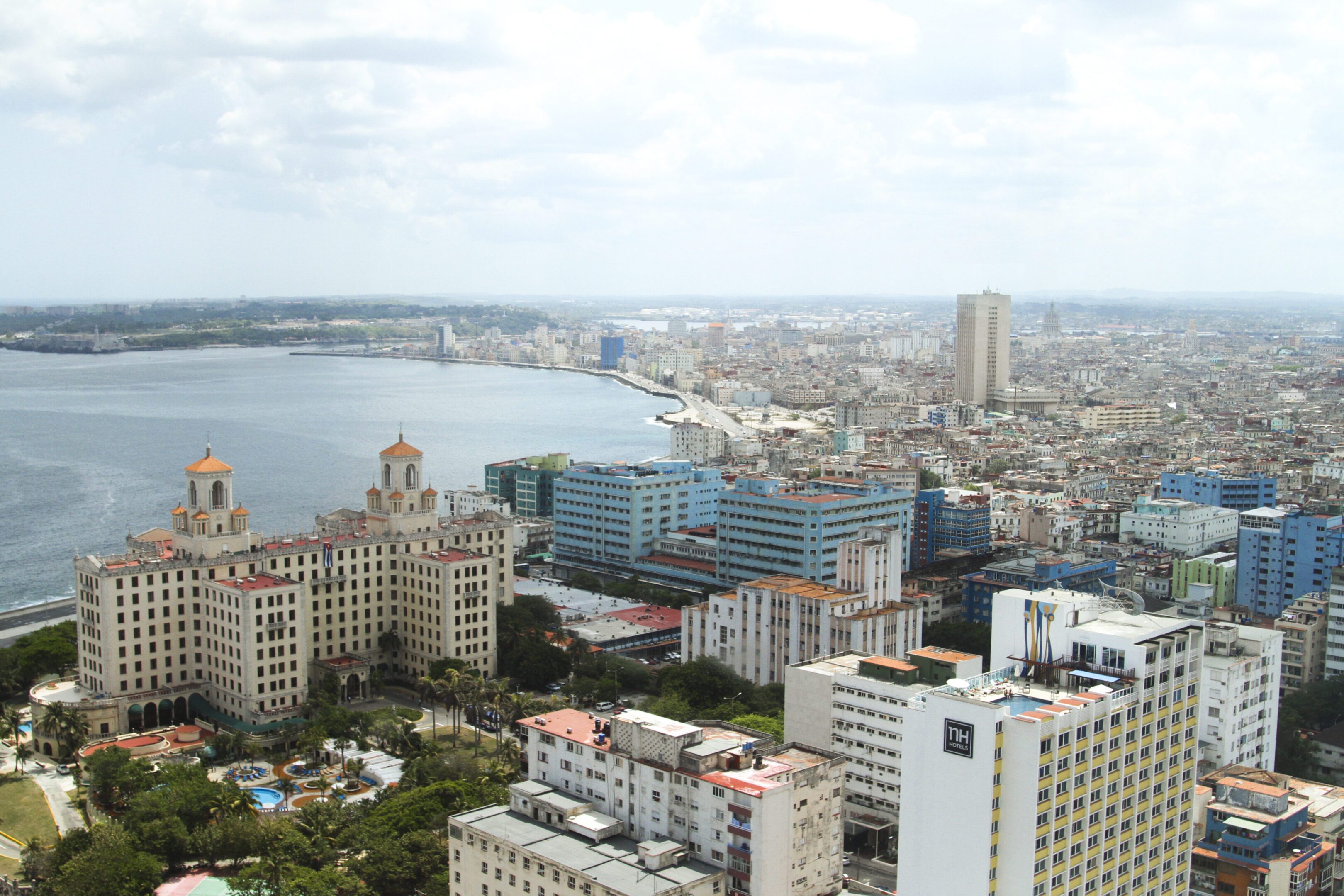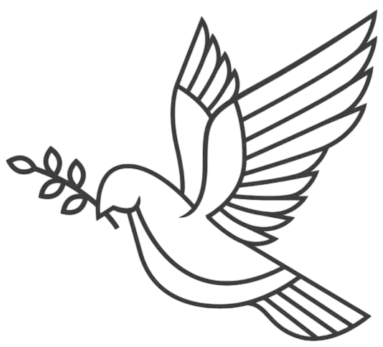
Three Million Utahns
Originally published in Utah Business.
Last month, Gov. Gary Herbert announced the arrival of the three millionth Utahn. We should all stop and take into account this important milestone.
There is a saying among demo-graphers that “demography is destiny.” If you understand the characteristics of your population, you gain a much better understanding of your future. In no state is this more important than Utah because of our unique demographics. And it all starts with births.
Utah has the most distinctive demographic profile of any state in the country, largely because of our high birth rate. We’ve all heard the joke: “How do you tell a Utah wedding? The bride is not pregnant, but the mother of the bride is!” This joke is as humorous as it is true.
Utah has the highest fertility rate, the largest family sizes, the lowest median age and the highest percent of our population under the age of 18. We specialize in skiing, copper, red rock and babies! We wouldn’t be the green Jell-O state, but for children.
But it’s more than just youthfulness. We are also predominantly urban. Utah ranked as the ninth most urban state in the 2010 census. Our population concentrates around water supplies and most of us live along the front and back of the Wasatch Mountains. An estimated 91 percent of Utahns live in what the Census Bureau defines as urban. We often wrestle with urban challenges such as congestion, homelessness and air quality.
Utahns also live longer because of our healthy lifestyles. The most recent estimates I’ve seen show life expectancy in Utah at just over 80 years of age. That’s the 10th longest in the nation.
Finally, each year Utah typically attracts more in-migrants than out-migrants. There are always people coming and going across state borders, but we experience net in-migration most of the time. People come for jobs, educational opportunities and an attractive location to retire. In-migration supplements our already rapid indigenous population growth.
A Demographic Lens
Not surprisingly, all of these characteristics impact our economy, life quality and public policy choices. I teach my students to consider every public policy issue or fact through a demographic lens to gain needed perspective.
Why are Utah wages relatively low? Consider the age structure of Utah workers. Younger workers tend to work and be paid less. Why does Utah’s education spending per pupil rank so low relative to other states? Utah has a higher ratio of pupils to working adults than any other state. Why is our Medicaid match rate of 70 percent so favorable relative to other states? The percentage is computed from a formula that includes a state’s per capita income relative to the nation’s. A lot of non-income-earning children are included in the denominator.
The three millionth Utahn symbolizes all of these things. Because historically approximately two-thirds of our growth has come from natural increase (births minus deaths), the three millionth Utahn was likely a baby, not an in-migrant. Because we are the ninth most urban state, this birth likely took place within an urban setting (my bet would be Lehi, Saratoga Springs or Eagle Mountain in Utah County). Because of our large family sizes, the new baby likely has a brother or a sister, possibly more. And because of our healthy lifestyles, this new baby will likely live well into his or her 80s, possibly longer.
Major Milestone
So what does hitting the three million milestone mean? Utah likely climbed one step in the population rankings—surpassing Arkansas to rank as the 32nd most populous state. We will have to wait until the 2020 census to know for sure.
Hitting three million people also means more money and increased relevance. Hundreds of funding formulas are based on population statistics. Political representation is population based. And population size often determines whether a region gets a sought-after retail store, expanding sports franchise, coveted convention, regional headquarters and other opportunities.
But most importantly, it symbolizes a young and rapidly growing state that looks forward with optimism. In my mind, there is nothing more optimistic than the birth of a child. It also reminds us that each birth requires our collective care and attention. Every human life requires investment to realize his or her full potential.
After the Mormon pioneers entered the valley, it took 118 years for the state to reach one million people. Twenty-nine years later we reached two million people, and 20 years after that, we reached three million people. The next million is on its way. It’s our job to help them realize a bright future.

